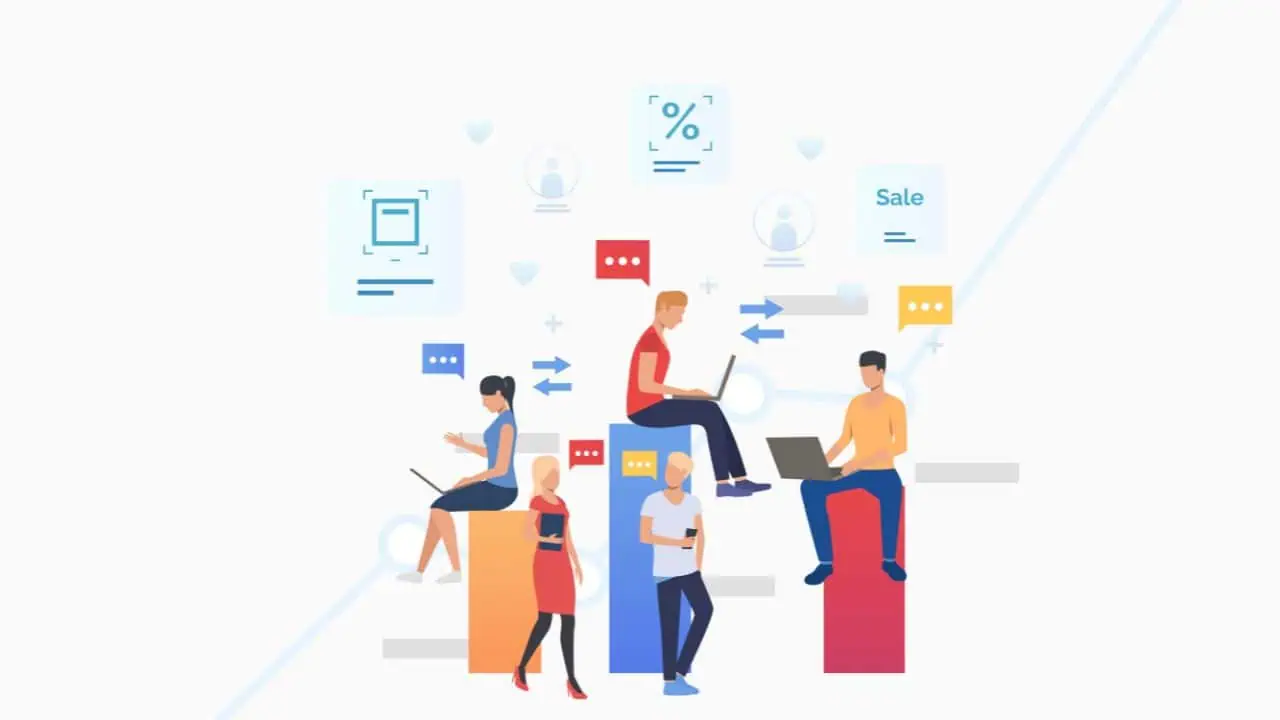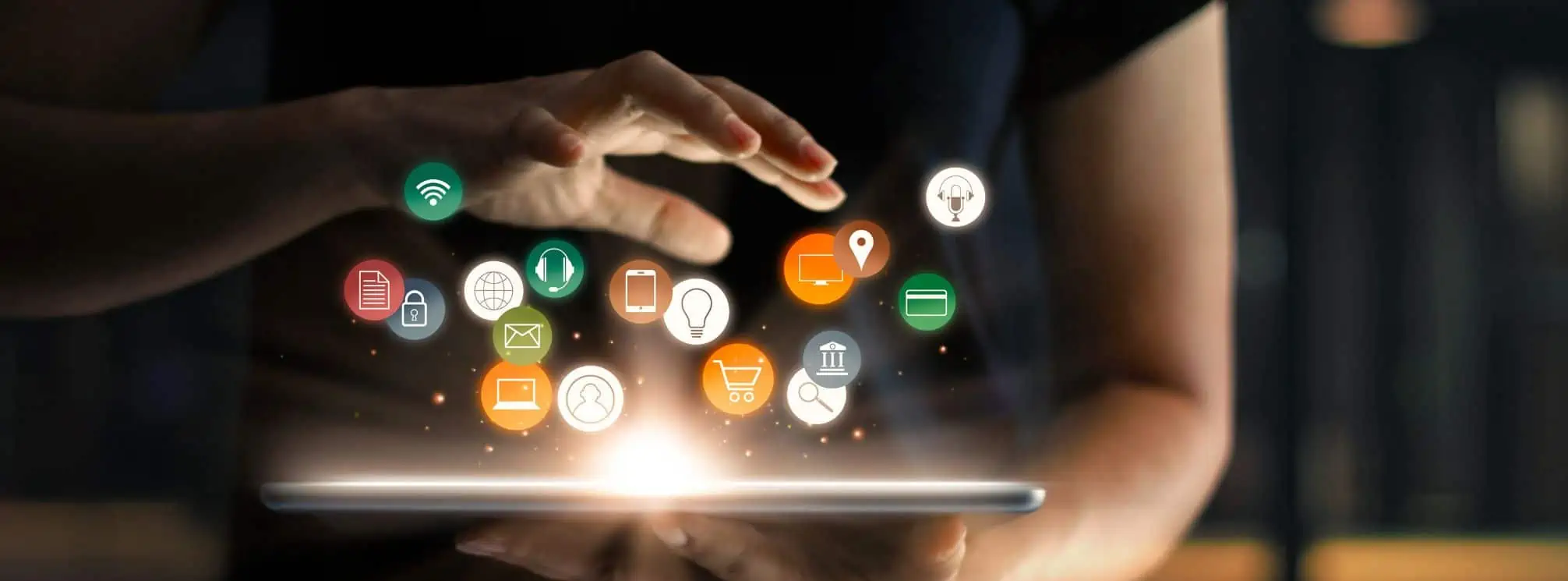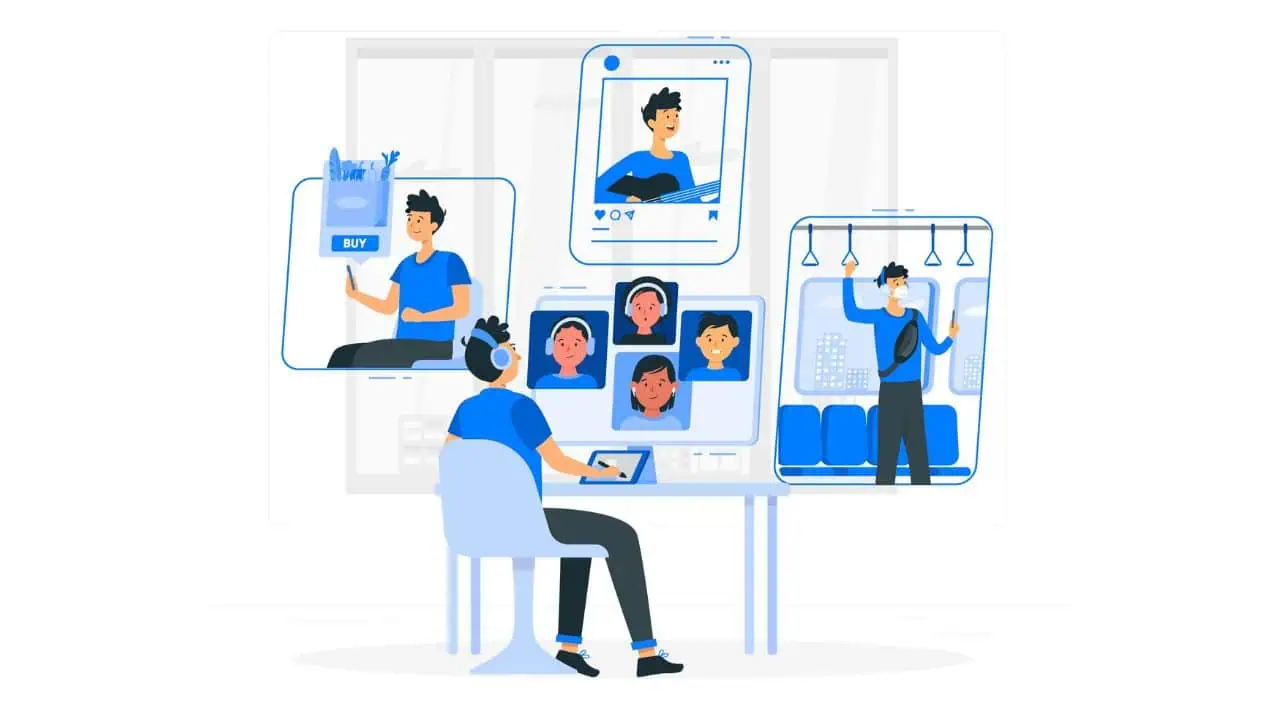Digital Employee Experience (DEX): All You Need Know
Digital employee experience (DEX) is a term you’re likely starting to hear more frequently. As more companies go through digital transformation to embrace the “future of work” we have gone through a digital revolution. Companies now have more tools and technology than ever. But all that technology adds up to a digital experience, which can be positive or negative.
What is the Digital Employee Experience (DEX)?
Employee experience, put simply, is what it’s like to work for your company. Digital employee experience is what it is like to use the digital platforms at a company.
With the surplus of technology and digital solutions that exist, there is a compounding effect when it comes to DEX. Too few digital tools and employees might have a poor DEX. But the same is true if you have too many digital tools—or the wrong ones. Finding the right balance of solutions for your workforce is therefore imperative to creating a positive digital workplace.
Why is DEX Important?
How we meet and work is becoming more and more digital. And this trend is only going to continue. This makes our digital workspaces a particularly important area of focus.
Digital employee experience encompasses so much of our employees day-to-day:
- Communication. Even deskless employees who spend most of their day interacting face-to-face have many digital touch points for communication. Messages from their employer are often shared through digital channels like employee apps, intranets, email, texting, and digital signage.
- Learning. Most employee development and training programs are digital now. This makes our learning management systems (LMS) a critical component of DEX.
- Collaboration. Collaboration tools (like Slack) have become a new digital staple of the workplace. While these solutions aren’t as commonly used for the deskless workforce, they still make up a large percentage of how employees get work done.
And then even after work our lives are inundated with digital experiences. We unwind with television and social media. Or may be we need to log into an HRIS to check our paycheck or benefits or to easily be able to reach our manager to call out sick or to swap shifts.
When employers consider every digital touchpoint, they create better experiences for their employees. And when an employee can easily and readily access what they need when they need it, they are more likely to feel like they are in a supportive, healthy work environment.
Benefits of a Digital Employee Experience
1. Increased Productivity (Less Frustration, More Focus)
Ever heard of “death by a thousand logins”? When employees have to juggle multiple tools, systems, and passwords just to get basic tasks done, productivity takes a hit. A well-integrated digital experience cuts down on these pain points.
For example, imagine if all your important tools—chat, project management, document sharing—were seamlessly connected. No more hopping between platforms or wasting time troubleshooting. Instead, employees can stay focused on what matters.
2. Better Engagement and Morale
Believe it or not, digital tools play a huge role in how connected people feel to their work and each other. A clunky, outdated system can leave employees feeling isolated or frustrated. But when tech actually makes work easier—through better communication, easy collaboration, or even something as simple as quick feedback loops—it has a real impact on engagement.
3. Personalization (Everyone Gets What They Need)
Not all employees are the same, right? Your office-based marketing team’s digital needs are completely different from those of your warehouse workers. One of the biggest benefits of a digital employee experience solution is that it can be tailored to each employee group.
Maybe your field staff need mobile access to tools, while corporate employees need better integrations for data sharing. Personalization helps everyone get what they need, rather than a one-size-fits-all approach that ends up fitting no one well.
4. Streamlined Onboarding and Training
Let’s be real—onboarding can be a pain if it’s not done right. A digital employee experience solution can make onboarding so much smoother. From signing documents electronically to accessing personalized training modules, employees can hit the ground running faster.
Imagine a new hire joining remotely—they can access everything they need in one platform: training videos, HR documents, team intros. It cuts down on confusion and helps them feel more at ease in their new role.
5. Enhanced Collaboration Across Teams
Especially in larger organizations, getting everyone on the same page can be tough. A good digital experience breaks down silos and allows people from different departments (or even different countries!) to work together more effectively.
6. Improved Employee Retention
Here’s the kicker: when employees feel empowered by the technology they use, they’re more likely to stick around. No one wants to struggle with outdated tools or systems that make their job harder than it needs to be. A seamless digital experience shows employees that the company values their time and efficiency.
7. Future-Proofing Your Workforce
The way we work is constantly evolving, and businesses need to keep up. A solid digital employee experience solution prepares your organization for the future—whether that means AI-driven tools, more flexible working environments, or whatever the next trend may be.
[optin-monster slug=”dhgepgum1z71xnbzqy91″ followrules=”true”]
Main Barriers to a Good Digital Employee Experience (DEX)
A successful digital employee experience (DEX) is critical to modern organizations. However, several barriers often prevent companies from delivering a seamless and effective DEX. Here are the key barriers, along with examples and actionable suggestions:
1. Lack of Focus on Digital Employee Experience (DEX)
Many businesses overlook the importance of DEX, especially for frontline workers who have a vastly different digital experience compared to corporate staff.
Solution: Start by segmenting your workforce and focusing on improving the digital experience for all employee types, including deskless and remote workers. This includes investing in mobile-friendly tools for frontline employees.
2. Insufficient Persona Development and Empathy Mapping
Companies often lack well-defined personas and empathy maps for different employee segments, making it hard to tailor digital tools that meet their specific needs.
Solution: Build detailed personas and empathy maps for different employee groups. Understand their unique challenges, workflows, and expectations. Use this insight to design more personalized digital solutions.
3. Poor Accessibility and Training
Many companies struggle with accessibility, ensuring that digital tools are easy to use for all employees, including those with limited technical skills or disabilities.
Solution: Ensure your digital platforms are accessible by following guidelines like WCAG (Web Content Accessibility Guidelines). Provide ongoing training and resources for employees to enhance their digital skills and offer support for those who may struggle with new technologies.
4. Outdated or Inconsistent Technology
Companies may use outdated or inconsistent technology platforms, leading to fragmented experiences across different teams or departments.
Solution: Standardize technology platforms across the organization to ensure consistency in user experience. Regularly update your tech stack to remain relevant and efficient.
5. Lack of Employee Feedback and Iteration
Many organizations implement digital tools without actively seeking feedback from employees or iterating on their digital strategies based on real-world usage.
Solution: Conduct regular employee surveys and focus groups to gather insights into how digital tools are being used. Use this data to refine and improve the digital experience continually.
6. Failure to Align DEX with Business Goals
Some organizations fail to align their DEX initiatives with broader business objectives, leading to a disconnect between technology investments and employee needs.
Solution: Ensure that DEX efforts are aligned with specific business goals like employee engagement, retention, and productivity. This ensures a clear return on investment (ROI) for your digital transformation initiatives.
7. Resistance to Change
Organizational culture and employee resistance to adopting new digital tools can hinder the success of DEX initiatives.
Solution: Build a culture of change by involving employees early in the decision-making process. Communicate the benefits of new technologies and offer change management support to reduce resistance.
How Can You Improve the Digital Employee Experience (DEX)?
You can’t improve what you don’t measure, right? The first step to enhancing your DEX is to start measuring it. This means understanding the employee experience holistically, including the digital side. The best way to do this is by collecting feedback through surveys, employee focus groups, or even one-on-one interviews.
But gathering feedback is just the beginning. Here’s a step-by-step approach to get you started:
1. Audit Your Digital Tools and Channels
Take a deep dive into your current digital environment. Ask yourself:
- How are we communicating with employees?
- How many different passwords do employees need to remember?
- What systems or platforms are employees using every day?
- Can any of these systems be integrated to simplify workflows?
Create a map of all digital touchpoints your employees interact with—from collaboration tools to HR platforms. This will give you a clear picture of where inefficiencies or frustrations might exist.
2. Evaluate the Value of Your Systems
Not all digital tools are created equal, and some may not be delivering the value you expect. Once you’ve mapped out your digital environment, assess which tools are truly helpful and which are more of a hindrance. For example:
- Are there redundant tools that can be eliminated?
- Are employees using certain systems reluctantly because they have no other option?
This is where the employee feedback you’ve gathered comes in handy. Use it to understand if your tech stack is actually meeting the needs of your teams, or if there are gaps that need to be addressed.
3. Implement Continuous Monitoring and Improvement
Improving DEX isn’t a one-time project; it’s an ongoing process. Continue to monitor progress by regularly checking in with employees through follow-up surveys or focus groups.
- Are pain points being addressed?
- Is the digital experience becoming more streamlined and efficient over time?
As you gather more feedback, continue to refine and adapt your digital environment to better serve your employees. The key here is agility—being open to making incremental improvements based on real-time input from your workforce.
By measuring, auditing, and continuously improving, you’ll create a digital employee experience that not only works but evolves with the needs of your employees.
[optin-monster slug=”amcmuaqy9gox7ihcbzre” followrules=”true”]
Why theEMPLOYEEapp Helps Your Digital Employee Experience
theEMPLOYEEapp was designed knowing the challenges companies face with technology overload. Specifically, we are familiar with how deskless employees are impacted by employee experiences that aren’t ideal.
- Frontline workers tend to not have enough communication channels, but they also have so many operational systems, it’s hard to remember all their passwords. theEMPLOYEEapp integrates with human resources information systems (HRIS), surveys, and more to consolidate systems. This makes our internal communication app and employee intranet a central hub for the deskless workforce.
- Remote employees have access to computers and internet for their work, but they have physical barriers. These employees need solutions that help them stay connected with hybrid workers and office staff so they don’t miss a beat while collaborating. This makes our intranet a helpful tool to gather everyone in one hub for resource sharing and updates.
- Hybrid workers need similar tools to remote workers because of the nature of their work. These employees can also benefit from tools like microlearning that will help them with professional development and adjusting to new ways of working.
[optin-monster slug=”ucyxtz2fxemh6aryl4gg” followrules=”true”]



